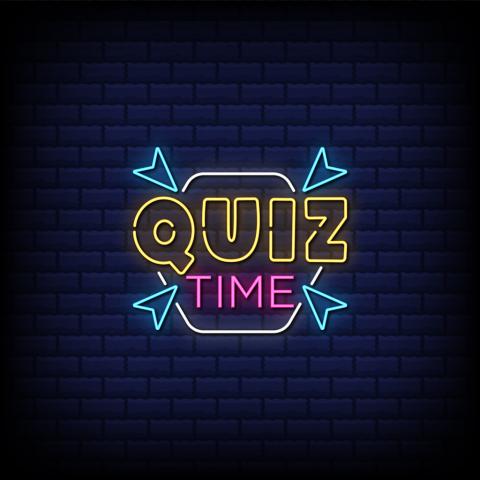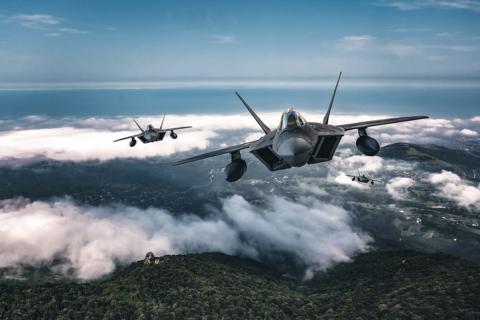International Trade and Finance Quiz
The European Union is in the process of adopting a common currency to be used by 11 nations. The new currency is called the
- In 1999 financial transactions began to be quoted in euros. Bills and coins in the new currency will be introduced in 2002, replacing the old currencies in 11 nations.
In 1995 what organization succeeded GATT?
- The World Trade Organization, WTO, took over the supervision of the multilateral trading system previously governed by GATT. NAFTA is the free trade agreement for North America, while the International Monetary Fund was established in 1945 to facilitate international trade and stabilize the world financial system.
The difference between a nation's total exports and its total imports is called the
- The difference between a nation's exports and imports is the balance of trade. Nations selling more to other nations than they buy have a favorable trade balance, while those that buy more than they sell have a trade deficit. The exchange rate is the difference between the value of two currencies. Current assets usually mean cash, or assets that a business or individual could readily convert to cash.
Typically, GATT allowed member nations to protect their domestic industries from foreign competition through:
- GATT allowed for tariffs, but generally prohibited the use of import quotas or market closures.
In December 1999, a meeting of the World Trade Organization was met with violent protests in
- Violent protests rocked Seattle during the December 1999 meeting of the World Trade Organization. Crowds also protested a meeting of the World Economic Forum in Davos, Switzerland, in January 2001, and the Summit of the Americas Conference held in Quebec City in April 2001.
What is Mercosur?
- Mercosur was created by Brazil, Argentina, Paraguay, and Uruguay as a free trade block in 1991.
In 1976, the International Monetary Fund stabilized the world's monetary system by:
- The IMF allowed currencies to fluctuate freely according to market forces in 1976. Until 1914, currencies were backed by gold coins, and until the 1930s, they were backed by gold bullion reserves. Following World War II, most nations set the value of their currency to the U.S. dollar, but the drain on U.S. gold reserves prompted the U.S. to abandon gold convertibility in 1971, ultimately giving rise to the current system.
- NAFTA went into effect in 1994, providing free trade and investment between the U.S., Canada, and Mexico. Chile has expressed interest in joining NAFTA and will likely become the first South American member.
In 1948, a specialized agency of the United Nations was created to handle international trade. It was the
- The General Agreement on Tariffs and Trade, GATT, was the mechanism under which most international trade was conducted from 1948 until 1995. Creation of a U.N. international trade organization was discussed but never implemented. The Export-Import Bank of the U.S. was created in 1934 to finance and facilitate U.S. exports, making it a U.S., not international, agency.
At the Summit of the Americas Conference, held in Quebec City in April 2001, participants agreed to:
- At the Summit of the Americas Conference, the 33 participating American states agreed to establish a Freed Trade Area of the Americas by 2005, which would have 800 million people and produce $11.4 trillion worth of goods and services each year.




